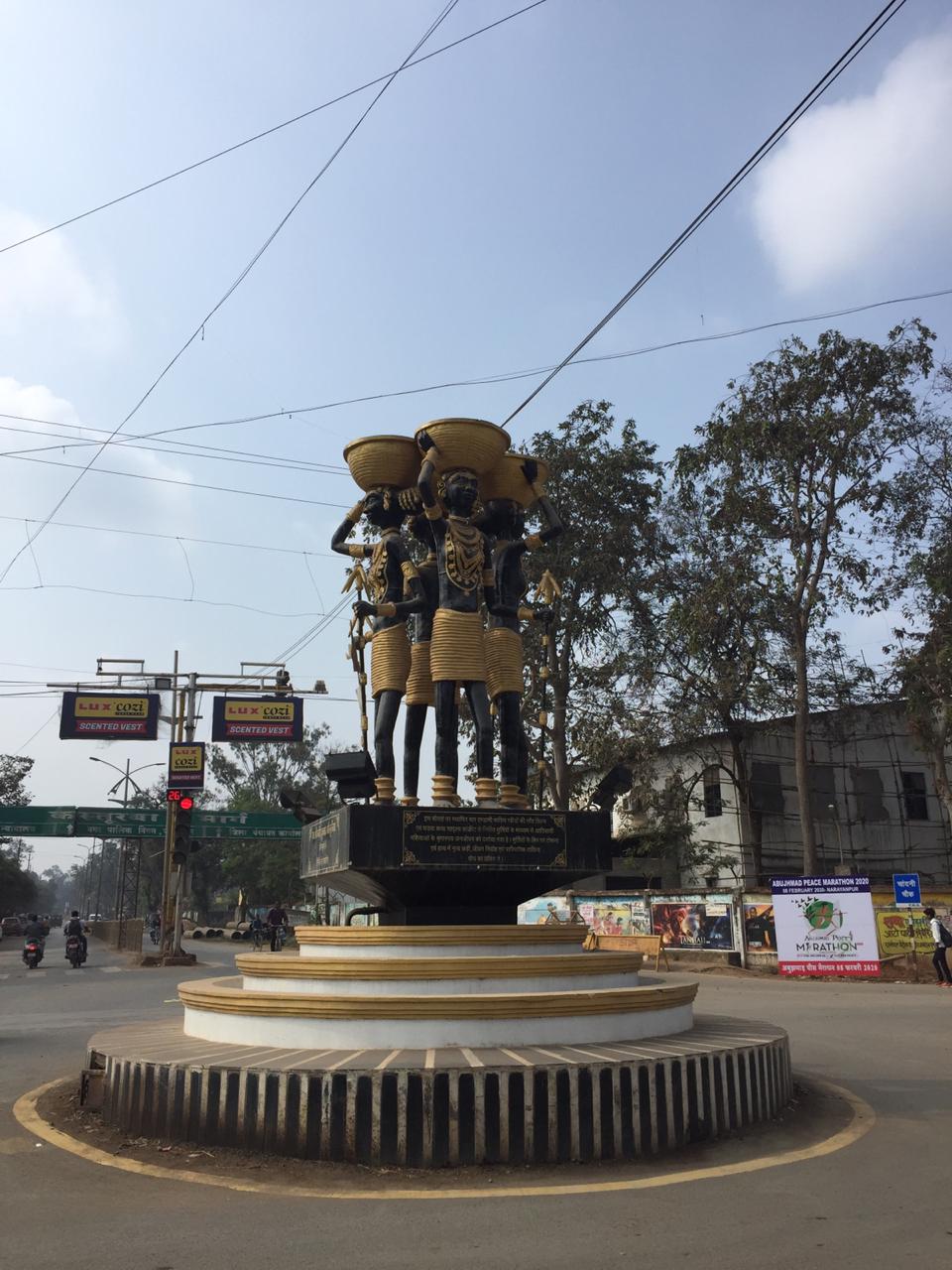
Bastar and Dantewada districts were formerly part of the princely state of Bastar. Earlier studies of the region were conducted by Verrier Elwin a colonial anthropologist, who went native. After India’s independence in 1947, the princely states of Bastar and Kanker acceded to the Government of India, and were merged to form Bastar district of Madhya Pradesh state. The district, which had an area of 39,114 km², was one of the largest in India. In 1999, the district was divided into the present-day districts of Bastar, Dantewada, and Kanker, and in 2012 it was divided in following district named as Kanker, Narayanpur, Kondagaon, Bijapur, Dantewada, Sukma, Bastar which constitute Bastar Division. In 2000, Bastar was one of the 16 Madhya Pradesh districts that formed the new state of Chhattisgarh. Bastar is famous for its traditional Dussera festival. The pattern of livelihood in Bastar continues to be dictated by tradition. Even today, agricultural practices are traditional. Use of wooden ploughs is overwhelming while the number of iron ploughs is negligible. The same is true of bullock carts. The number of tractors is negligible while the bullock carts are all pervasive. The tribes of Bastar region are known for their unique and distinctive tribal culture and heritage in all over the world. Each tribal group in Bastar has their own distinct culture and enjoys their own unique traditional living styles. Each tribe has developed its own dialects and differs from each other in their costume, eating habits, traditions and even worships different form of god and goddess.The magnificient Chitrakote and Teerathgarh waterfalls are situated close to Jagdalpur, the administrative headquarter of Bastar district.
www.tribaltoursinindia.com © All Rights Reserved, 2021